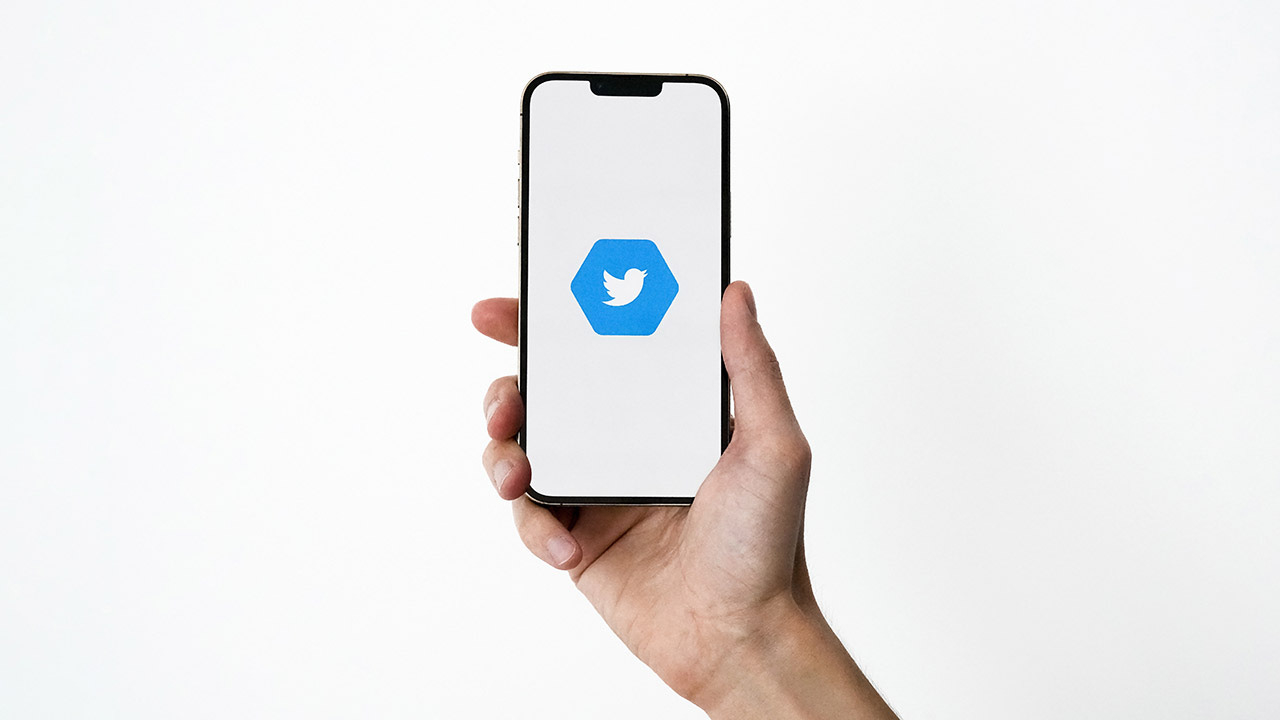📡 Blue checkmark vs hexagonal PFPs
Intersection #3 — Will Twitter take NFTs mainstream?
Hi frens 👋
I’m back with another Intersection. This time, it’s the intersection of digital goods and assets and the general public.
— Behrouz
NFTs have exploded in popularity during the past year and they have been one of the 2021 trends. NFTs (short for non-fungible tokens) are digital assets/goods that you can verifiably own.
Many think that NFTs are just stupidly overpriced JPEGs — which they kinda are — but the fact that their ownership is verifiable makes them quite more interesting than just JPEGs. Now, an NFT can be a ticket to a conference, a membership pass/card, a piece of digital art, and a lot of other stuff we don’t even think about right now.
In this post, I’m not planning to go deep on why [and if] NFTs matter, but I’d like to provide my two cents on why I can see them going mainstream. I think when [or if, depending on where you stand] NFTs become mainstream, this past couple of weeks will be considered as when it all started for the general public. Here’s what happened and why I think it matters.
Samsung introduced TVs with NFT Support
Earlier this January, Samsung announced its new 2022 TVs and one of the features coming to its TVs is the ability to view NFTs and browse NFT marketplaces — and buy NFTs.
This might not seem like a big deal, especially if you have some technical crypto/blockchain knowledge and are perfectly happy to go through wallets and 0x addresses and .eth domains. But the average internet user does not know how to do that or even if they know, they don’t want to do it — just because it’s not easy! Being easy is a super important factor if you want something done — or adopted by the mainstream.
Coinbase partnered up with Mastercard for its NFT Marketplace
A couple of days ago, Coinbase, the crypto exchange, announced that they are partnering up with Mastercard allowing users to purchase NFTs using their credit cards — and fiat money — on Coinbase’s upcoming NFT marketplace.
This is a problem coinbase has solved before — and that’s one of the reasons Coinbase is as huge as it is now1: when buying crypto (mainly Bitcoin back then) was NOT an easy thing to do for the average user, Coinbase made it pretty easy!
Twitter NFT PFPs
Yesterday, Twitter announced NFT PFPs!
“Now, what the hell are PFPs?”, you might ask. PFP stands for ProFile Picture! Mindblowing, isn’t it? lol
Also, shouldn’t we all start learning the crypto-Twitter lingo btw?
Up until now, anyone who owned a very cool NFT and wanted to flex it online (esp on Twitter), had to save [that overpriced] JPEG and upload it as their PFP — so could anyone else!
And let’s just face it; not everyone is savvy enough to go and check whether that profile with a really cool NFT-looking PFP actually owns the original and authentic version of the NFT. Anyone could actually save it and flex it — like a fake Rolex but digitally…
Now, with Twitter giving users the ability to flex their prized possessions — in a verifiable way — those screenshots and “save as” pics are out of the window — even though this feature is only available to Twitter Blue users on iOS, for now, the fact that it’s possible makes a huge difference.
Remember, Twitter and its users are the ones who brought #hashtags, @-mentions, blue verification checkmark, and more to the web2.0 experience and general public.
Understanding — and for me, living — this small part of history makes what’s happening with NFTs a bit too familiar. I think NFTs can [and will] go mainstream — not all of them, of course — but as technology, since they provide a utility we didn’t have on the internet before: verifiable ownership via blockchain (and not by a central authority).
And that leads me to the final point that I’ll be making in this post: I think it is quite interesting to think about and have an eye on the competition between the concept of a Blue Verified badge versus a hexagonal PFP2 — right now on Twitter, but more generally on the web.
Blue checkmarks act as a verification of the authenticity for a person by a central authority (e.g. Twitter or Meta), but hexagonal PFPs are verifiable ownership (or affiliation with a community) on [decentralised] blockchain — and I think that can get really fascinating in the near future.
Which one matters more? Have you heard about pseudonymity? Let me know what you think.
As of today, 21/01/2022, Coinbase market cap is $58 Billion.
NFT PFPs on Twitter are in hexagonal shape compared to normal circle PFPs





